With summer on its way, now is the perfect time to embrace new activities and explore Scotland’s vast and beautiful landscapes.
One exhilarating way to enjoy the great outdoors is hillrunning — a sport that combines endurance, agility and a deep appreciation for nature.
Whether you’re looking for a new fitness challenge or simply want to experience Scotland’s rugged terrain in a unique way, hillrunning offers an exciting and rewarding adventure.
And who better to introduce you to it than Nancy Kennedy, a Scottish mountain guide who, at the age of 67, knows all about the thrills of hillrunning.
Originally from Ayrshire, Nancy has lived in Glencoe for more than 30 years and in 2018 co-founded Girls on Hills, the UK’s only guided trail, fell and skyrunning company aimed specifically at women.
Nancy has more than 100 hill races under her belt, and through Girls on Hills has guided countless people through some of Scotland’s most breathtaking scenery.
She started hillrunning when she was at school, going on trips to the mountains of Arran with her boyfriend.
“But I didn’t like to just climb all the time,” the grandmother-of-four says with a laugh. “So I would run about.”
Despite her vast experience, she believes that hillrunning is something that anyone can get into with the right mindset and approach.
Now, she’s sharing her top six tips on how to take those first steps.
1) Start slow
Hillrunning is vastly different from road running, especially when it comes to elevation.
Many road runners underestimate the impact of climbing and find themselves exhausted before the race is over.
“One thing I’d say is that people don’t factor in elevation. Build up slowly and expect a run-walk approach at the beginning — it’s completely fine,” Nancy advises.
She also stresses the importance of listening to your body.
“Unlike road running, where people are often obsessed with pace and time, hillrunning requires a more intuitive approach. You need to develop a feel for the terrain and understand that some days, you’ll be slower, and that’s okay.”
2) Join a club
A community can make all the difference when starting a new sport. While hillrunning can be a solitary pursuit, joining a club offers motivation, camaraderie, and opportunities for skill development.
“A club gives you focus, a social aspect, and a sense of community,” Nancy says. “You find like-minded people, and it helps with progression in your fitness. A club will often have speed sessions, which are key even for long-distance runners.”
Hillrunning clubs also offer a great way to meet training partners and coordinate transport for running in new locations. Having experienced runners around you can be invaluable for learning techniques, route planning, and even safety considerations.
“Within a club, you’ll often find smaller groups forming, which makes it easier to get out regularly. You can find a training buddy or a car share to get to more remote locations.”
3) Set a goal
Having something to work toward can help keep motivation high.
“It makes you accountable. Sometimes you can’t be bothered getting out, but if you have a race in two months’ time, it pushes you to train. Just make sure your goal is personal to you. Don’t get caught up in what others are doing — find what excites you,” Nancy says.
She’s currently working on a challenge of her own to celebrate her 67th birthday: running to 67 bothies in 67 days!
“Setting challenges that mean something to you is the key. For me, running to bothies is an amazing way to explore and push myself. But for someone else, it might be completing their first trail race or simply running up their local hill without stopping. The important thing is that it excites and inspires you.”
4) Strength and conditioning
Strength training is essential for hillrunners, especially when tackling steep climbs and descents.
“You need strong glutes to propel you uphill and strong quads and hamstrings to support your muscles and ligaments on the way down. Strength training prevents injuries and helps with running efficiency,” Nancy explains.
She recommends focusing on high-weight, low-rep exercises like squats, deadlifts and lunges. “For women over 40, weight training is crucial for maintaining muscle mass.”
Nancy also highlights the importance of core strength. “A strong core improves your running posture and stability, which is especially useful when navigating uneven terrain.”
5) Get kitted up with the right gear
The right footwear can make all the difference.
“There’s a huge range of shoes out there. Some have deep-studded soles for grip on soft ground, while others are better cushioned for hard terrain. A good pair of trail shoes with decent grip will get you through most runs. Expect to spend around £70 to £150 on a solid pair.”
In addition to shoes, Nancy stresses the importance of having the right clothing and gear.
“Scotland’s weather can be unpredictable. A good waterproof jacket is essential, even in summer. Lightweight layers that wick away sweat will keep you comfortable, and a small running pack can be useful for carrying water, snacks and an emergency foil blanket.”
6) Have fun
Most importantly, hillrunning should be enjoyable.
“It has to be fun. If it ever feels like a chore, you won’t do it. Keep it interesting — explore new places, run with friends, or go solo. There’s something empowering about a solo journey through the hills.
“It’s a completely different experience from road running, where you’re often fixated on time and pace.”
Some final advice
For those thinking about running in winter conditions, Nancy has one final piece of advice:
“If you’re going out in winter, consider taking a winter skills course. Learn about navigation, avalanche awareness and mountain safety before heading out alone.”
Whether you’re a complete beginner or an experienced runner looking for a new challenge, hillrunning offers an incredible way to connect with nature, build fitness and discover some of the most spectacular landscapes Scotland has to offer.
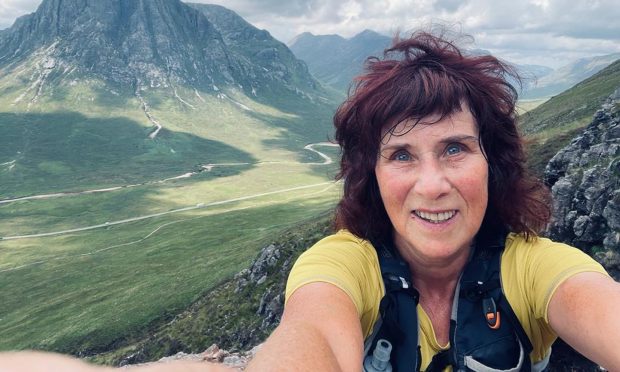
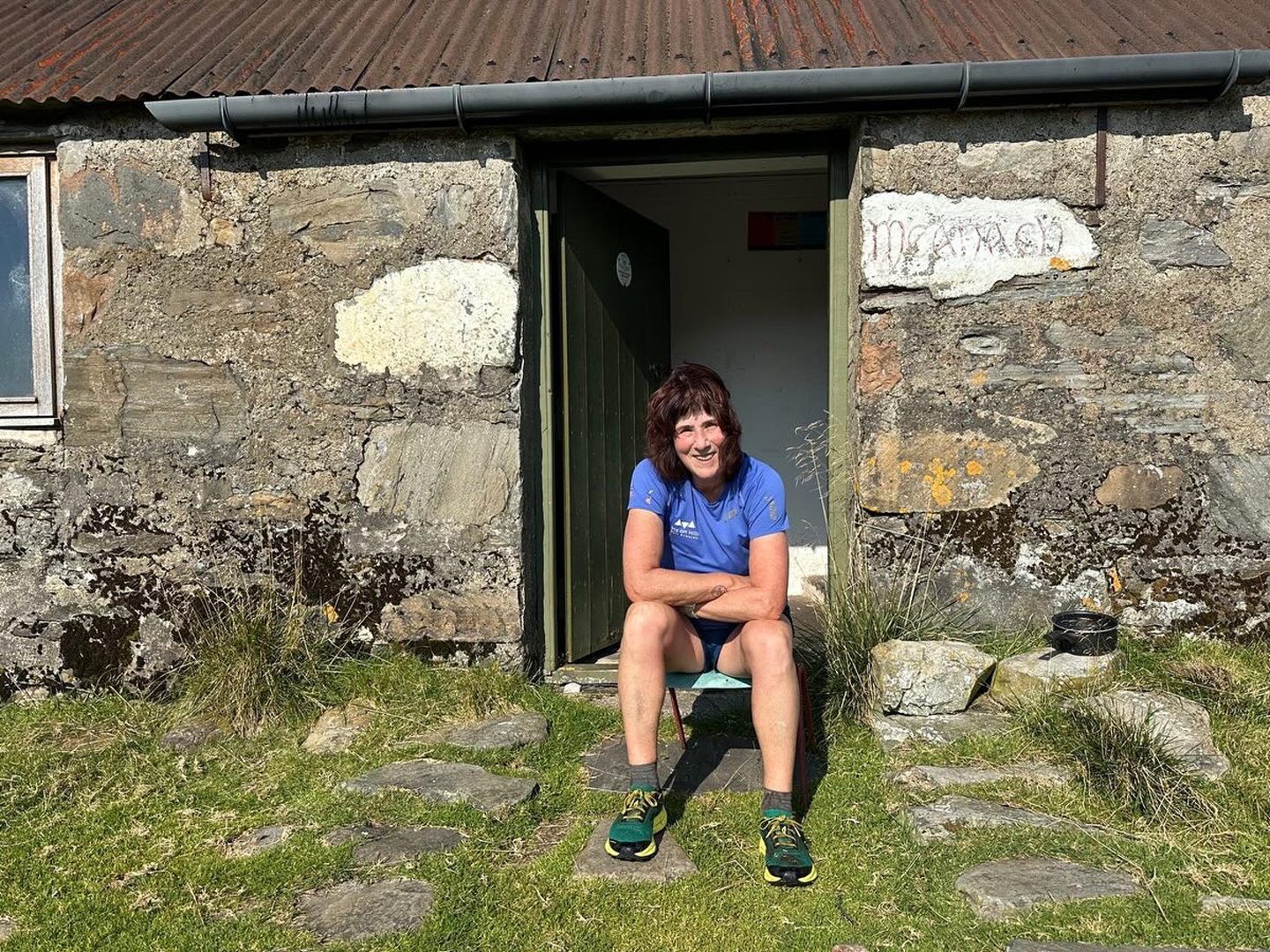
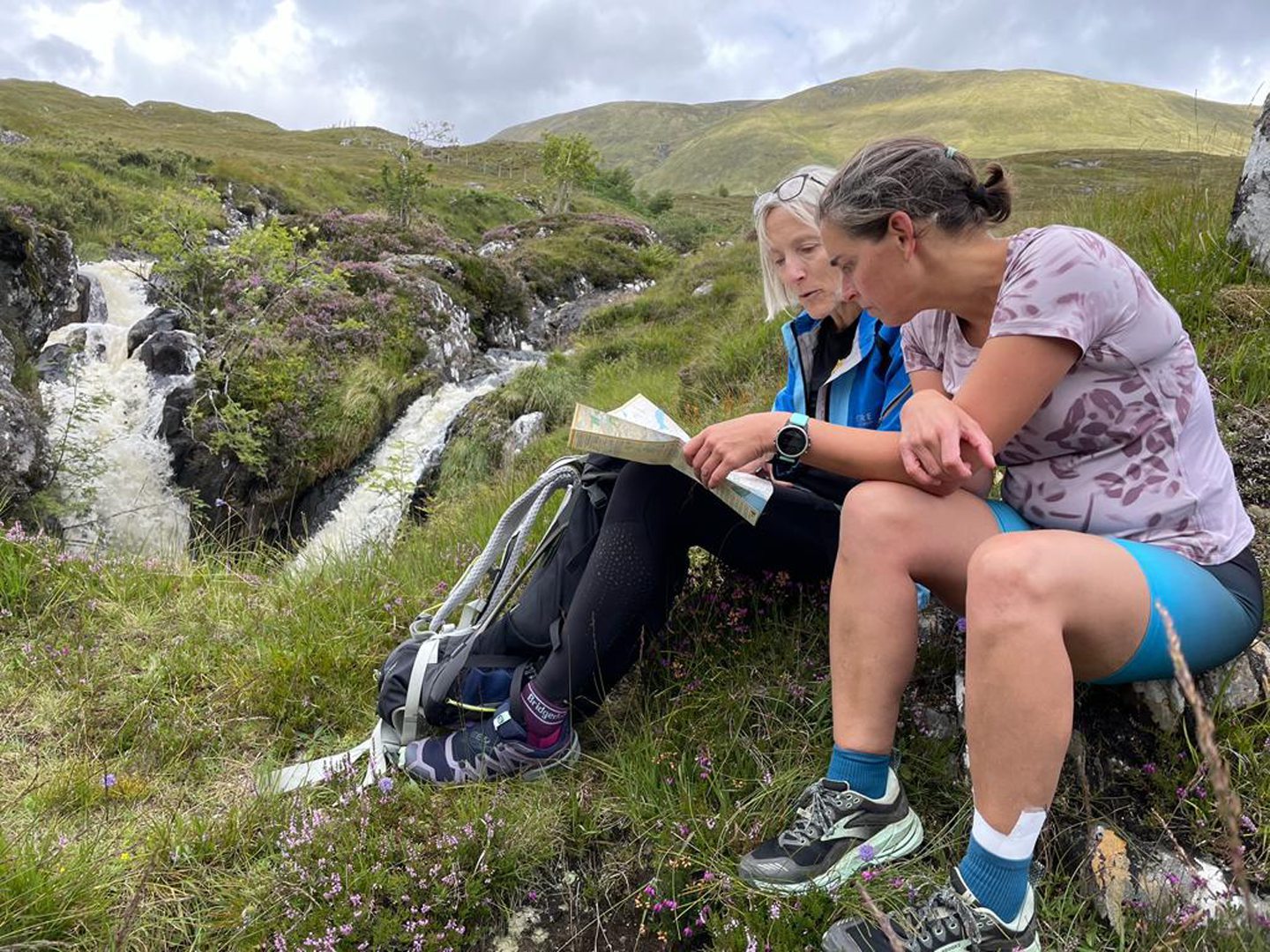
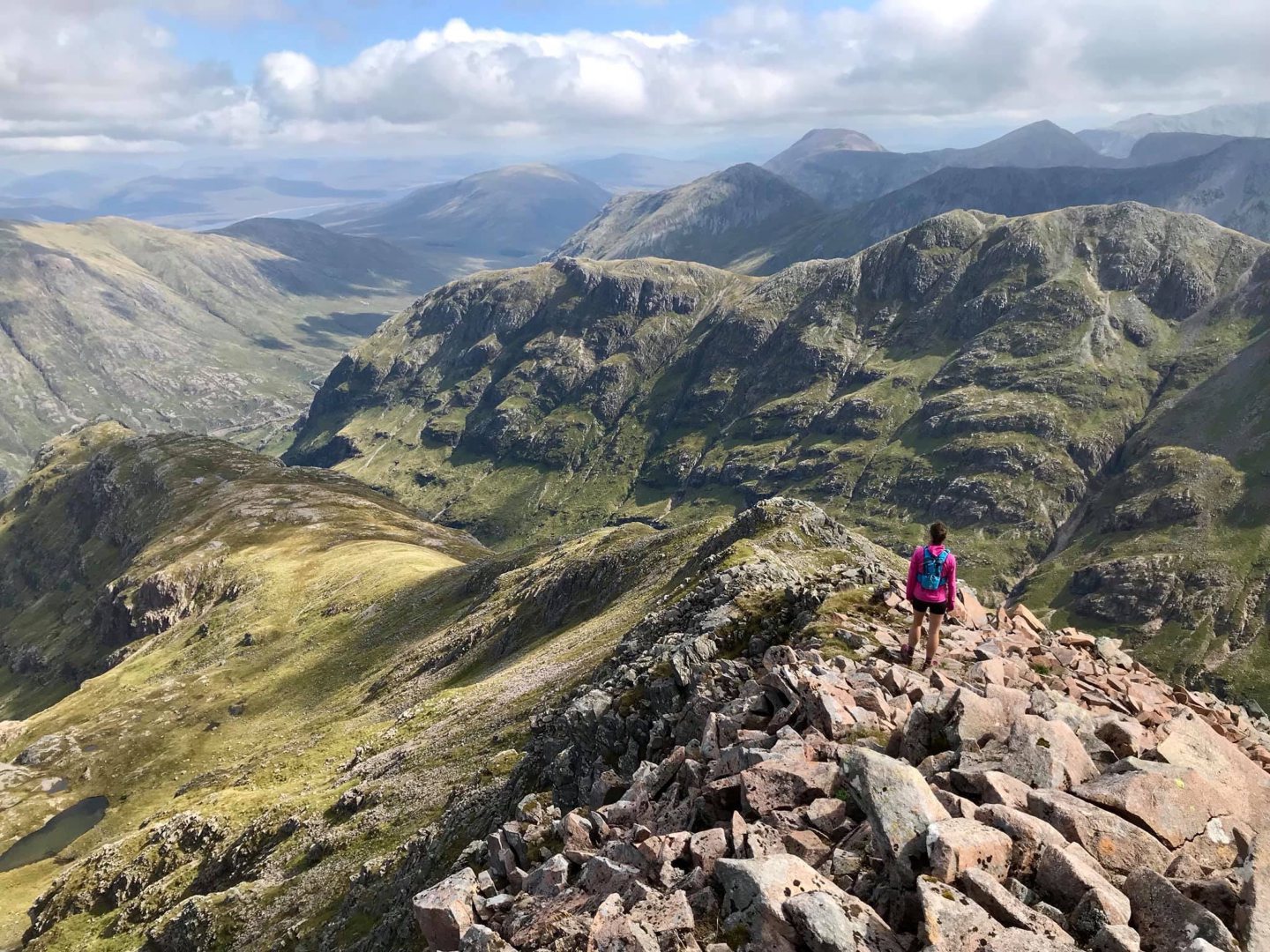

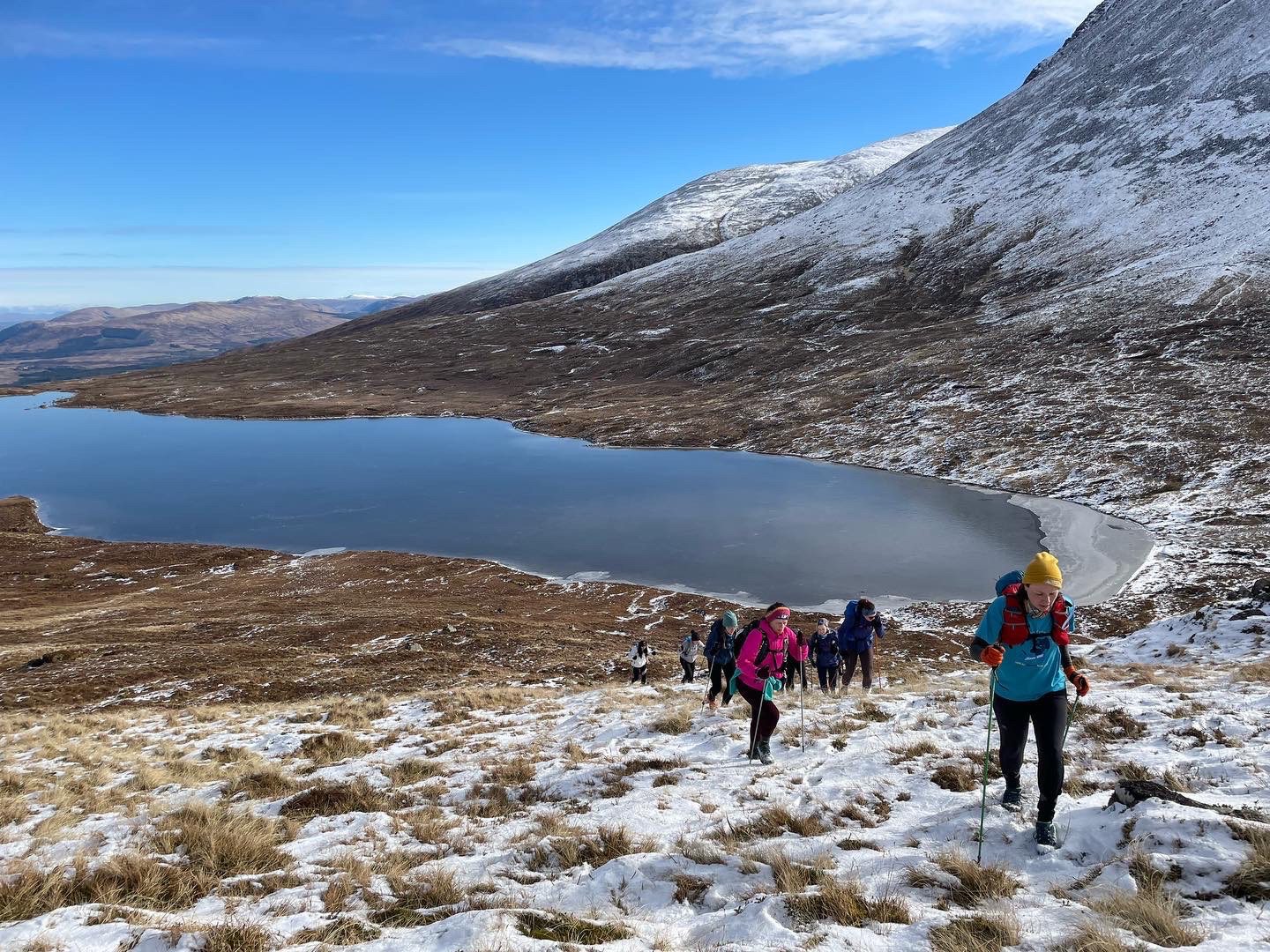
Conversation